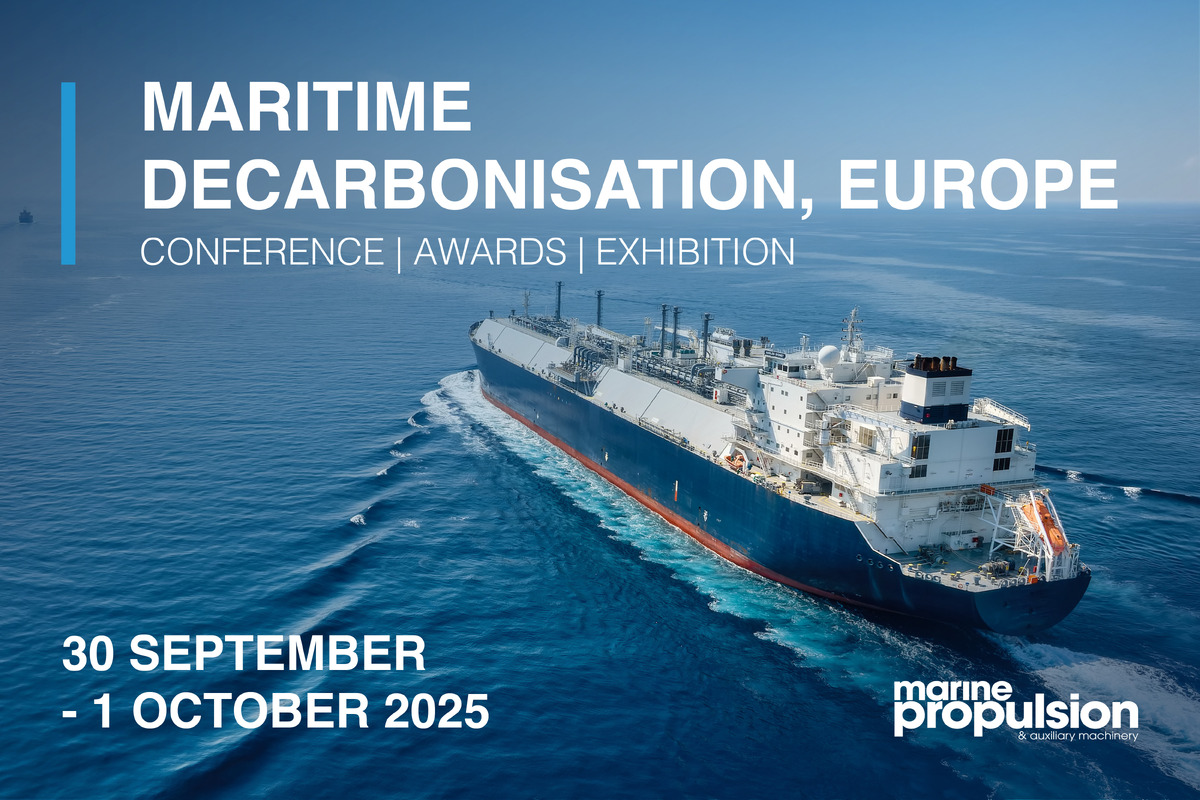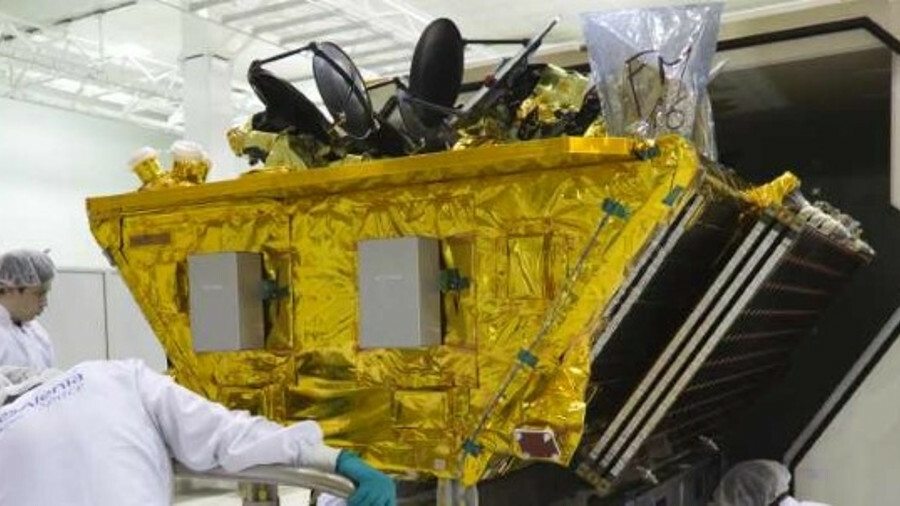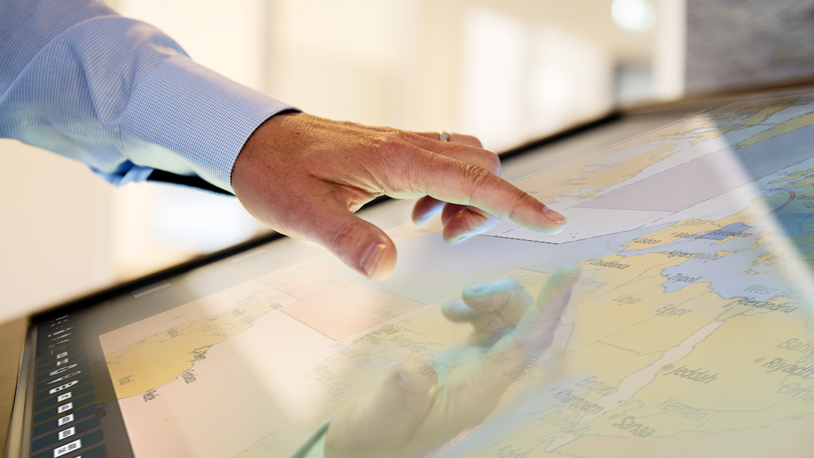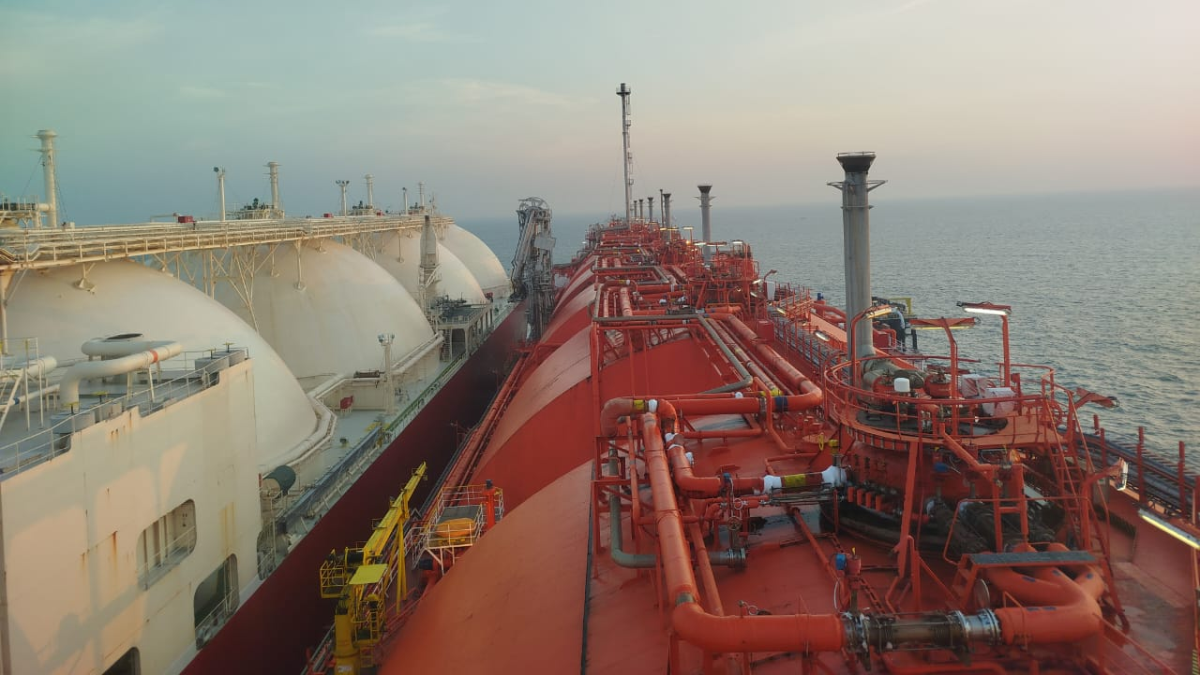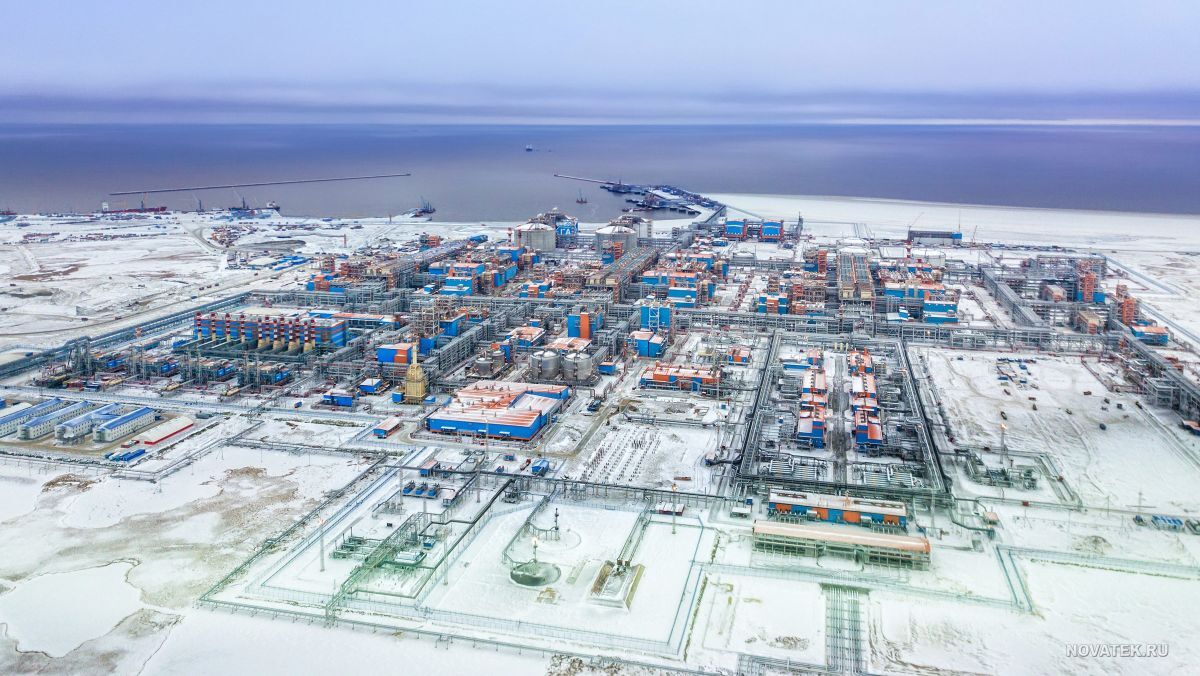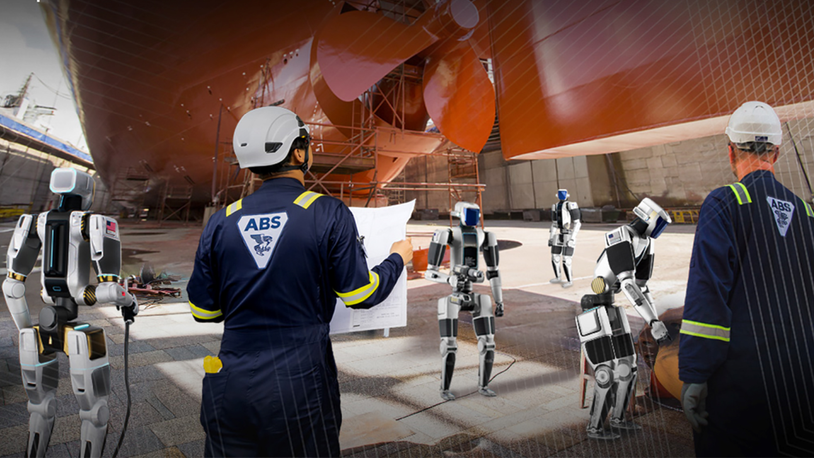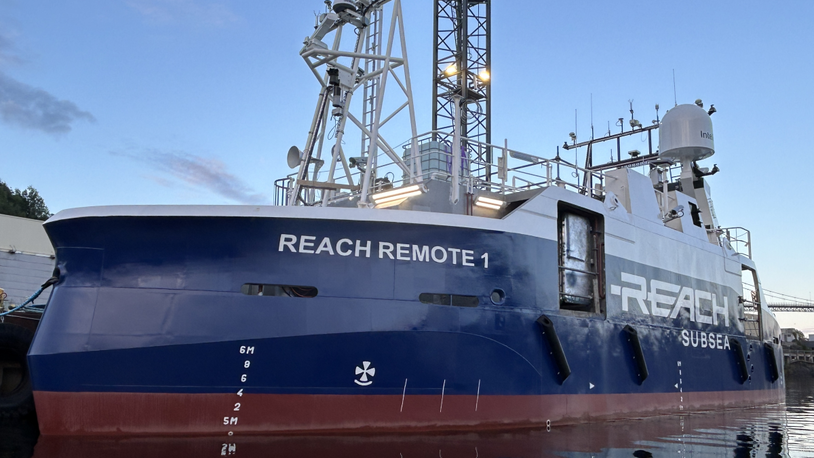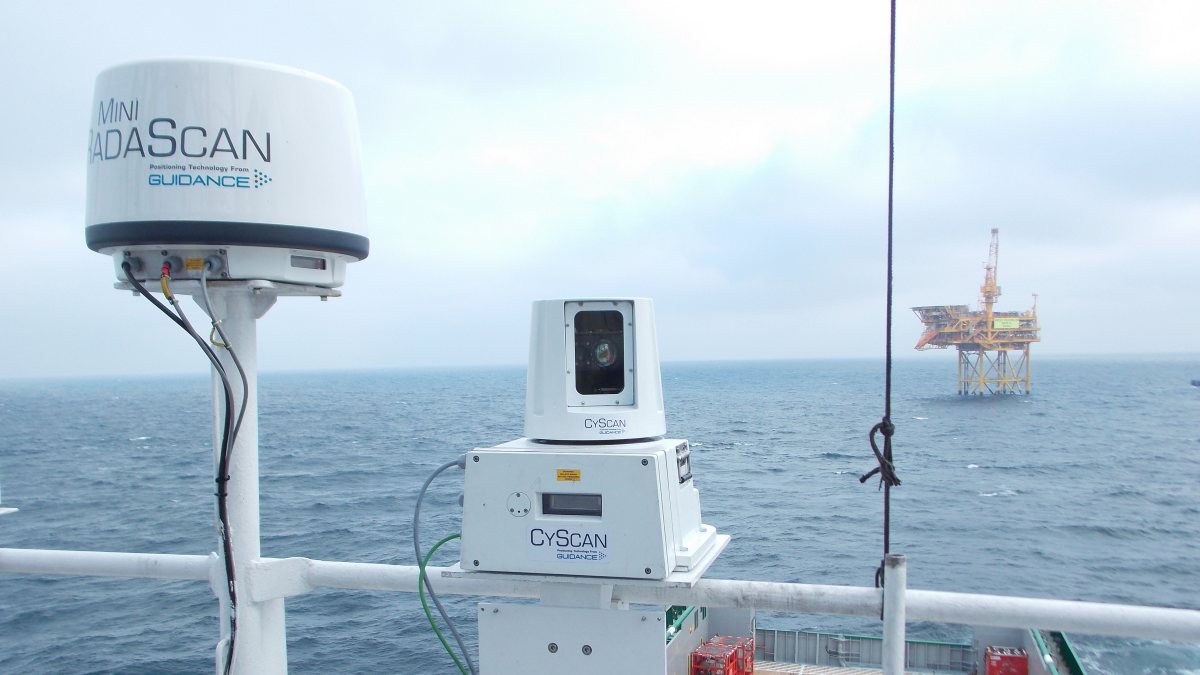Business Sectors
Contents
Cruise industry pushes the boundaries of maritime broadband
More than 2 Gbps of bandwidth was delivered to cruise ships during tests, but normal operations require hundreds of Mbps
Cruise shipping is the main driver and demand-based influencer in the maritime satellite communications sector. Bandwidth demand from just one fleet of cruise ships could equal the requirements for the whole of worldwide merchant shipping.
Which is why satellite operators are investing heavily in providing high-throughput connectivity to cruise and other passenger ships. This investment is in satellite constellations for traditional VSAT services, such as C-band and widebeam Ku-band and increasingly to launching satellite networks with Ka-band coverage and high-intensity Ku-band spot beams.
There is a vast difference between which satellite bands can deliver the greater level of bandwidth to a cruise ship providing guests who want to stay connected with a connectivity experience that equals or exceeds what they access on land. There are also variations in what can be delivered on the uplink and on the downlink, and in the negative impact on high latency links between satellites and cruise ships.

SES executive vice president for technology programs and innovation Stewart Sanders explained to Maritime Digitalisation & Communications some of the possibilities and expectations of satellite communications for cruise shipping. He said that bandwidth of more than 2 Gbps is possible through the latest high-throughput satellites (HTS) as was demonstrated in 2018.
During that event, connectivity over the satellite link reached 2.25 Gbps onboard 2014-built Regal Princess from Carnival Corp’s Princess Cruises brand. SES’ combined O3b medium Earth orbit (MEO) satellites’ high throughput, low-latency Ka-band beams, complemented with geostationary Earth orbit (GEO) coverage for Carnival Corp’s MedallionNet connectivity service, which is an exclusive feature of Medallion Class ships. MedallionNet is one of the latest innovations from Carnival Corp that leverages the company's interactive guest experience platform capable of transforming vacation travel into a highly personalised and elevated level of customised service
This new record was achieved while the ship was anchored off Princess Cays in the outer Bahamas with service enabled over the O3b MEO maritime service.
As Mr Sanders told MDC, this pushed the VSAT technology to a new limit, but is far in excess of what cruise ships require for daily operations, currently SES Networks today enables connectivity services scaling from 100 Mbps to over 1 Gbps to a single cruise ship.
This is compared with a cruise industry average of around 30-50 Mbps per ship. But, as demand rises and Internet packages move away from consumption based to unlimited data plans, more bandwidth will be required in the very near future and satellite operators are preparing for this.
“We enable low-latency connectivity in hundreds of Mbps and can provide Gbps if required,” said Mr Sanders during an exclusive interview at a satellite integration factory in Rome, Italy. “We have cruise clients operating ships from 100 Mbps, and this will continue to grow with peak operations today exceeding 800 Mbps over the O3b MEO maritime service.”
He explained why demand for true low-latency broadband connectivity is climbing rapidly in the global cruise sector.
“Our O3b MEO constellation, complemented by our GEO fleet, allow us to not only exceed average land-based bandwidth capabilities, but also to set a new industry apex for guest connectivity experience ,” said Mr Sanders. “This makes it exceptionally easy for guests to share photos, videos and messages about their vacations,” he explained.

Passengers also want to use a ship’s downlink connection for downloading media content, use high definition streaming services, real-time online gaming and for video conferencing. All these requirements are provided by GEO and O3b satellites when ships are in that coverage.
“We couple the MEO broadband with the GEO constellation of satellites,” said Mr Sanders. “We have 16 MEO satellites in orbit and another four ready for launch in March 2019.”
He thinks that GEO and MEO constellations are a good combination for cruise ship connectivity. “GEO has good geographic coverage, while MEO has low latency, reduced by two-thirds compared with GEO.” He explained that both constellations deliver point-to-point linkage that cloud services, used for uploading and downloading media, require.
A downside to the O3b MEO constellation is its coverage, which is from the Equator to +/-50˚ latitude. This easily includes the main cruise ship hotspots, such as the Caribbean, Mediterranean and most of the Asia routes. However, outside this coverage cruise ships need to fall back to GEO constellations, which extend to +/-70˚ latitude.
Another challenge is the complexity of the satellite communications antenna required to seamlessly transfer between MEO and GEO satellite coverage. Carnival’s Princess Cruise line is currently deploying MedallionNet, which extensively uses SES’s O3b and GEO satellite constellations for its ships, and has installed tri-band antennas on its vessels. These are at least 2.4 m in diameter and operate in Ku-band and C-band for GEO coverage and MEO Ka-band when ships are within the O3b MEO satellite service areas.
SES Networks pioneered Royal Caribbean Cruises’ Zoom internet service and has recently announced MSC Cruises’ new mega-build ships will be powered by SES Networks Signature maritime solution, using the latest innovation in dual-band antennas on their ships for seamless connection between all satellite bands.
A commercial challenge can also be overcome. Bandwidth requirements on cruise ships fluctuate over ever-widening ranges. Full-throttle broadband is required in peak times when passengers are on board using online applications. However, when cruise ships’ guests are not that active on the service, crew can access internet services, therefore, vessel bandwidth utilisation levels are clearly increasing.
In this scenario, cruise lines need to focus on delivering a greater level of guest connectivity experience and look at how to tailor the service offered to their passengers and crew. “So, it pays to be able to tailor the requirements that can cater to surges in bandwidth peak times and drop down when less is required,” said Mr Sanders. “We work with the cruise lines to plan the best possible service and enable a true broadband connectivity experience. All major cruise lines are looking at guest connectivity and exceeding their guest expectations.”
O3b constellation
SES’ O3b constellation has 16 operational satellites, with four were transferred from Thales Alenia Space’s factory in Rome, Italy, to Arianespace’s launch site in Kourou, French Guiana.
Thales Alenia completed commissioning and testing these satellites during December 2018, when MDC visited the facility. Thales Alenia project manager Jerome Verzat said the satellites would be loaded into specialised containers and then on to an aircraft in Rome at the end of January. They are scheduled to be launched in March.
Mr Sanders said adding the final four satellites to the constellation should extend the coverage to higher latitudes of the northern and southern hemispheres to around 55˚.
Once these satellites are commissioned, his team will focus on the next generation of MEO satellites, O3b mPower. Boeing Satellite Systems has started engineering and fabricating seven of these satellites ready for the first to be launched in 2021.
Mr Sanders said Boeing was selected because of its phased-array and beam forming capabilities.
This constellation will have over 30,000 fully shapeable and steerable beams that can be shifted and switched in real-time to align with shipping’s quickly changing growth opportunities. O3b mPower will provide coverage to an area of nearly 400M km2, which represents four-fifths of the Earth’s surface.
“There will be 5,000 beams on each satellite,” Mr Sanders explained. “For O3b mPower there is clear evolution in satellite technology with digital payloads and electric forming beams, which gives us flexibility in their mission.”
These satellites will have dynamic beams that can have 5 Gbps and cover 150 km2 each, which will be optimal for producing Gbps of bandwidth to cruise ships. “We could have elliptical beams or non-symmetrical beams, which are generated by algorithms,” said Mr Sanders.
It means one beam could follow a cruise ship or a naval fleet if required by the client. This constellation is scheduled for launch in 2021 and will provide more capacity to cruise ships.
“WhenO3b mPower is online, cruise ships will have access to a new era of connectivity and we definitively believe that cruise ships will be demanding in excess of 1 Gbps of low latency connectivity – for more than 4,000 passengers and 1,500 crew members,” said Mr Sanders.
Epic broadband
For cruise ships that do not need to use Ka-band, Intelsat’s EpicNG constellation can offer high-intensity spot beams of Ku-band in the main operating regions. This constellation is set to be completed when Horizons 3e is commissioned in Q1 2019.
This HTS was launched in September 2018 to provide high-throughput coverage over the Asia Pacific region. Intelsat joined forces with Sky Perfect JSAT Corp to deliver a major improvement in connectivity to shipping routes.
For cruise ships, Intelsat EpicNG has been proven to deliver more than 500 Mbps to one vessel. This demonstration was on MSC Cruises’ ship MSC Seaside over Marlink's Sealink VSAT. This capacity was delivered to passengers, crew and media during the vessel’s launch service in Monfalcone, Italy, on 30 November 2017, and during its maiden voyage to the naming ceremony in Miami, Florida, on 21 December.
During normal operations, VSAT bandwidth for the whole ship will not be as high as this, but will still be around 100 Mbps.
Intelsat vice president and general manager for mobility services Mark Rasmussen explained that EpicNG spot beams complement widebeam Ku-band from the rest of Intelsat’s satellites. Some of its satellites have both widebeam and spot beams. For example, Horizons 3e’s wide beams deliver connectivity over the whole Asia Pacific region, while spot beams are over the main population centres and shipping lanes.
This satellite has an advanced digital payload with full beam interconnectivity in commercial bands and significant upgrades on power, efficiency and coverage flexibility, said Mr Rasmussen.
In mid-2018, MSC Cruises partnered with SES Networks to deliver advanced connectivity to MSC Seaside and MSC Seaview for passenger and crew using SES Networks’ Signature maritime solution.
Thor 7 Ka-band
Not all satellite connectivity needs to be global as some cruise ships and cruise ferries only operate in one region. For example, passenger ships operating in Norwegian fjords and into the Arctic can use Ka-band coverage on Telenor Satellite’s Thor 7 satellite for broadband communications.
Thor 7 has spot beams over the Arctic areas offshore northern Norway to the Mediterranean, plus in the North Sea, Middle East, Black Sea and across most of the northeast Atlantic.
Telenor Satellite director of data services Jan Hetland said this VSAT platform typically provides 30-40 Mbps as maximum bandwidth. “But, through platform upgrades we expect to be able to deliver 100+ Mbps later this year,” he told MDC.
“In principle, we can deliver up to 300-400 Mbps to a single vessel but that would require a different service platform than we currently operate,” Mr Hetland said, adding “but this is definitely under consideration.”
Telenor Satellite introduced its Anker Ka-band maritime managed services, which uses Thor 7, for operators of ferries, cruise ships and other vessel types. It has three products – Anker Speed, Quota and Custom.
Mr Hetland said Anker’s portfolio is versatile and accessible for all types of vessels to improve their broadband experience. “With Anker we can accommodate seasonal flexibility and meet short-term service requirements,” he said.
Through its reseller network, Telenor Satellite currently provides Ka-band Anker services to more than 50 passenger ships throughout the Thor 7 coverage area. The largest passenger vessels on this service have capacities to accommodate more than 2,000 passengers, equivalent to a medium-sized cruise ship.
Mr Hetland said bandwidth demand from ferries is increasing as passengers demand connectivity for their mobile devices around the ship. “Increasingly we see ferry operators rolling out wifi services onboard – sometimes as a paid service while for others it is free and available to all passengers,” he said.
O3b constellation particulars:
Satellites: 16 + 4 waiting for launch
Completion: April 2019
Frequency: Ka-band
Integrator: Thales Alenia Space
Launch provider: Arianespace
Launched from: Kourou, French Guiana
Orbit: medium Earth orbit, at 8,000 km
Throughput max: 2 Gbps
Latency: 150 milliseconds – 2-way
Beam diameter: 700 km2
Coverage: Equator to +/-50˚ latitude
Dry mass: 700 kg
Snapshot CV
Stewart Sanders is SES Network’s executive vice president for technology, responsible for ground and space engineering and procurement. He was chief technology officer with O3b Networks and was previously senior vice president of planning and procurement at SES. He has worked for Intelsat and New Skies Satellites and was the founding chairman of the Space Data Association.
Related to this Story
Events
Maritime Decarbonisation, Europe: Conference, Awards & Exhibition 2025
Offshore Support Journal Conference, Americas 2025
LNG Shipping & Terminals Conference 2025
© 2024 Riviera Maritime Media Ltd.
